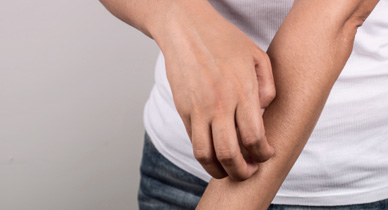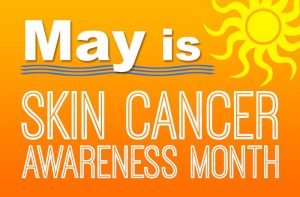What is Psoriasis?
August is Psoriasis Awareness Month. Did you know that 3% of the world’s population has some form of psoriasis and there are about 150,000 new cases every year? Psoriasis is a chronic skin condition that causes cells to build up on your skin’s surface which leads to raised patches of skin that develops into silver scales. Side effects include itchiness and skin irritation that can be painful.
There are several different types if psoriasis including nail psoriasis, plaque psoriasis, scalp psoriasis and more. The exact cause of psoriasis is unknown, but genetics may play a role in the condition.
Treatments have made great advancements through the years. From over the counter ointments to prescription medication and light therapy.
Dr. Jessica Clark, of our Coastal Skin Surgery & Dermatology Panama City Beach Office, explains Psoriasis and the many treatment options available.


 During the Summer, various skin conditions occur due to heat and time outdoors. Larry Weidell, PA-C explains what causes the dreaded sun spots of Summer.
During the Summer, various skin conditions occur due to heat and time outdoors. Larry Weidell, PA-C explains what causes the dreaded sun spots of Summer.
 May is Skin Cancer Awareness Month. Each year there are more new cases of skin cancer than the combined incidences of breast, prostate lung and colon cancers. Melanoma accounts for less than one percent of skin cancer cases, but is responsible for the majority of skin cancer deaths. Cumulative sun exposure and sunburns at an early age greatly increase your chance of developing skin cancer later in life. Prevent skin cancer by protecting your skin now!
May is Skin Cancer Awareness Month. Each year there are more new cases of skin cancer than the combined incidences of breast, prostate lung and colon cancers. Melanoma accounts for less than one percent of skin cancer cases, but is responsible for the majority of skin cancer deaths. Cumulative sun exposure and sunburns at an early age greatly increase your chance of developing skin cancer later in life. Prevent skin cancer by protecting your skin now!